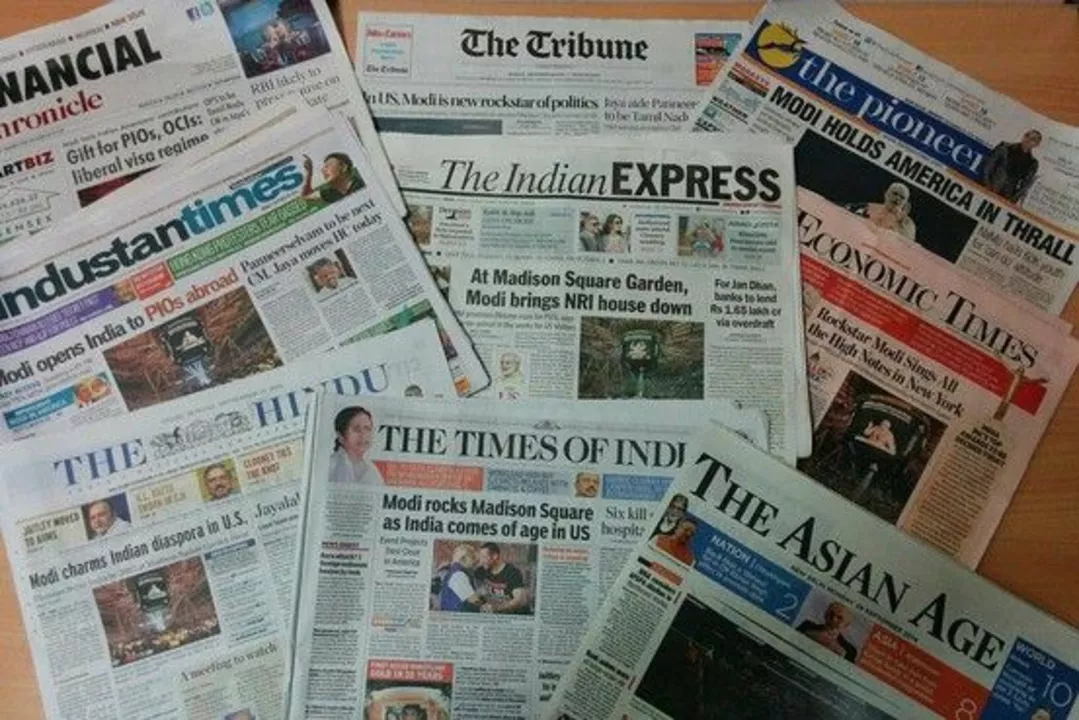I recently discovered that the first Hindi newspaper was launched way back in 1826. It was called "Udant Martand" which translates to "The Rising Sun". The newspaper was founded by Pandit Jugal Kishore Shukla, who was a prominent scholar and journalist. It's fascinating how this publication marked the beginning of Hindi journalism in India. I can only imagine the impact it had on the Hindi-speaking population at that time, giving them access to information and news in their own language.
Historical Publications: Your Quick Guide to India’s Past
Ever wondered how everyday life looked centuries ago? Historical publications give you a front‑row seat to the events, cultures, and ideas that shaped modern India. Instead of sifting through dusty archives, you get clear, bite‑size pieces that explain the why and how of history.
Why Historical Publications Matter
First off, they turn raw data into a story you can actually follow. A good write‑up will take a complex treaty, a census record, or an old diary and turn it into something you can read over morning coffee. That way you remember facts, not just dates.
Second, they help students and hobbyists alike to build a solid foundation without getting lost in academic jargon. You can see how a legal change in the Supreme Court, for example, echoes through society, or how a missionary’s diary reveals the early cultural clash in California. The point is: you get context, not just content.
What You’ll Find in This Collection
Our tag page pulls together dozens of posts that touch on history from different angles. Want to know why India’s population exploded? There’s a clear breakdown of the demographic trends that fueled growth. Curious about the Spanish missions in California? A short piece explains the motives behind those settlements.
Other entries dive into legal quirks—like how a suggestion can reach the Supreme Court—or explore cultural staples such as why Indian food feels incomplete without spices. Even modern topics, like the impact of a government airline, are placed in a historical frame to show how today’s policies echo past decisions.
Each article follows a simple format: a hook, key facts, and a practical takeaway. That means you can skim for the main idea or dive deeper if you have time. No fluff, no endless footnotes—just the info you need.
If you’re a teacher, these pieces can spark classroom debates. If you’re a lifelong learner, they give you fresh angles on familiar stories. And if you’re just scrolling for fun, you’ll find a surprising mix of legal tidbits, cultural myths, and demographic data that keep you turning pages.
For example, the post about “How to send suggestions to the Supreme Court of India?” shows the procedural steps while also hinting at the evolution of citizen participation. Meanwhile, the article on “Why are there so many people in India?” ties modern population numbers back to historical fertility trends.
All content is written in plain language, avoiding jargon that can scare off newcomers. You’ll see everyday examples, like comparing a three‑wheel autorickshaw to a coalition government, which makes abstract politics feel tangible.
We update the list regularly, adding fresh research, new perspectives, and reader‑friendly summaries. Bookmark this page if you plan to explore Indian history step by step, and come back whenever you need a quick refresher.
So, dive in, pick a topic that catches your eye, and let these historical publications turn the past into a story you can actually enjoy.
